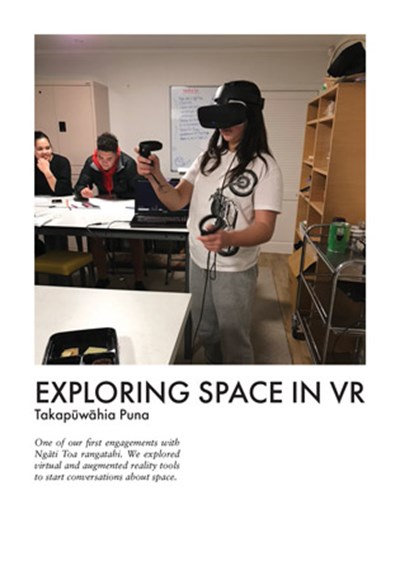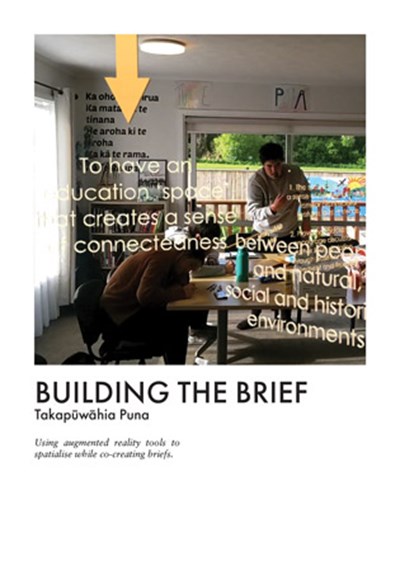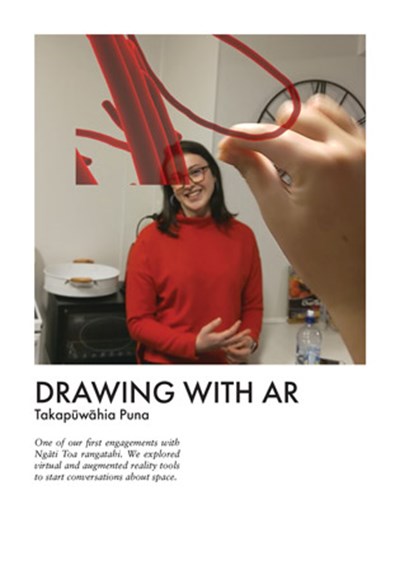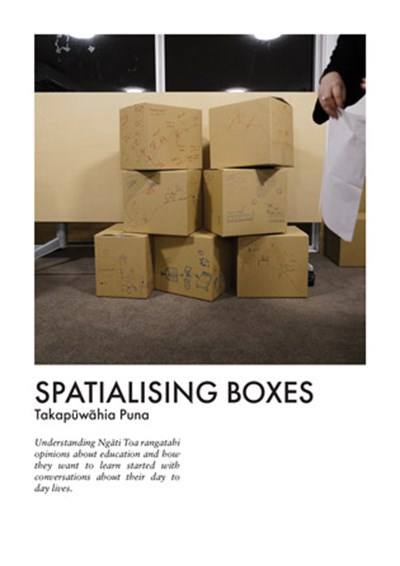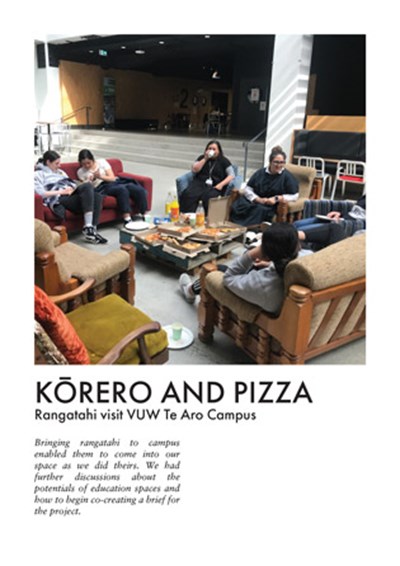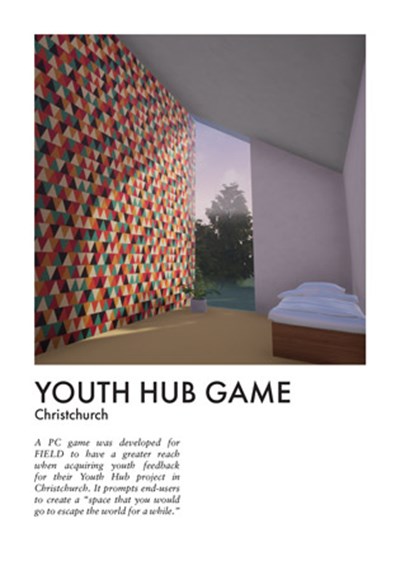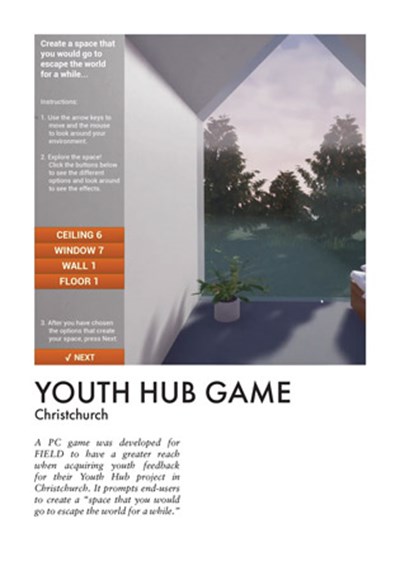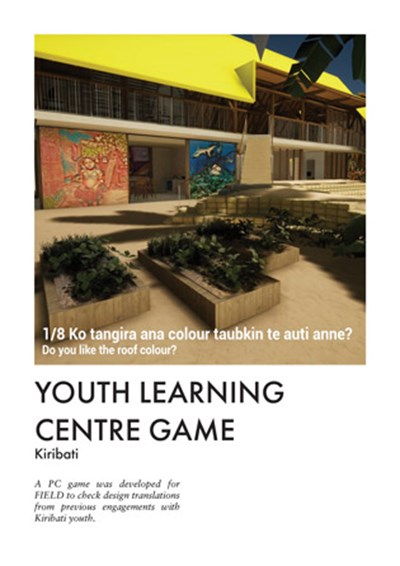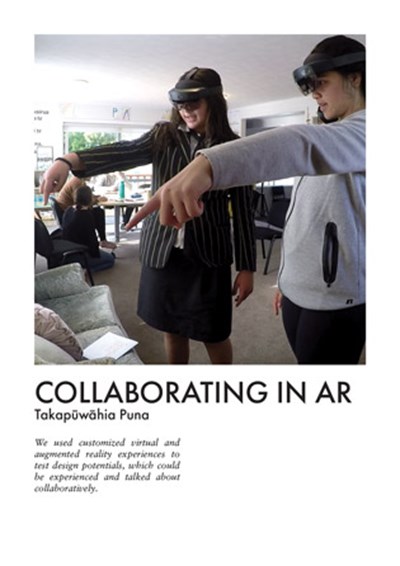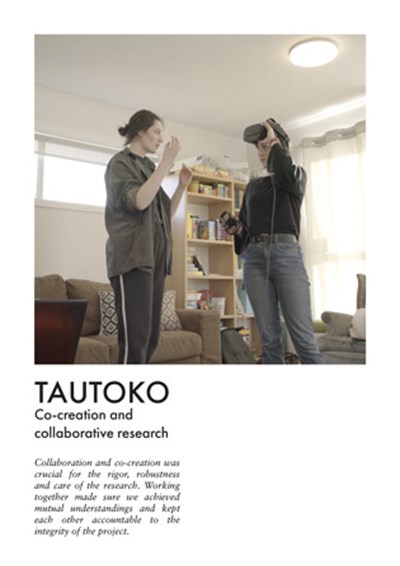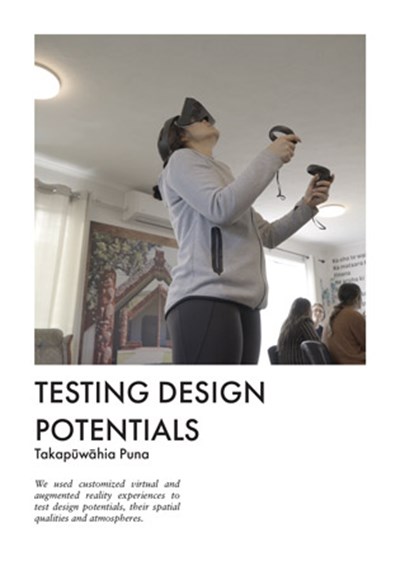Mitra Homolja & Ellie Tuckey from Te Herenga Waka, Victoria University of Wellington, Wellington School of Architecture were a team finalist in the Te Kāhui Whaihanga Resene 2020 Student Design Awards for their project 'The Mana ki te Mana Table'.
Project description
If Aotearoa’s architecture is not actively pursuing decolonisation, then it is allowing colonialism's ongoing impacts to continue within our built environment. But how do you decolonise a building? This project explores how decolonised architecture might not be so much about the physical architecture, but about the architectural process.
Undertaking three real-life case studies focused on rangatahi (youth), our approach acknowledges rangatahi as experts in their own right — just as architects are experts in spatial design. An essential part of an architect's expertise is communicating, and we explored how this communication can be enriched through redesigning the way we engage, especially by focusing on collaboration and co-opting emerging design tools such as computer games, virtual reality and augmented reality.
A Mana ki te Mana Table shares the story of how utilising spatialising tools across these three projects has led both rangatahi and ourselves to find commonality through the design process. These explorations have culminated in a Mana ki te Mana Process — a documented process that provides another way for architects to pursue decolonising architecture. Ultimately, it is not about decolonising the door or the lintel; it is about changing how architecture engages with people, with tangata whenua, with rangatahi, and how we as architects produce architecture.
Judges' citation
This project began with questions. For Ellie, it was: how do I grapple with decolonisation as a Pakeha architect? For Mitra, how do I create a methodology whereby our rangatahi feel empowered and understood within the architectural process? One of the answers was simple: by working together. Manaki te Mana is a co-design process that uses new technologies such as virtual reality and PC gaming to encourage understanding and participation in design, but places these techniques within a toolkit that includes skills such as talking, playing, sharing food, pouring tea and sharing experiences. By focusing on process rather than outcome, empowering young people and deploying a dual briefing system, this team have created a new way of doing architecture that we can’t wait to see deployed throughout our industry.





